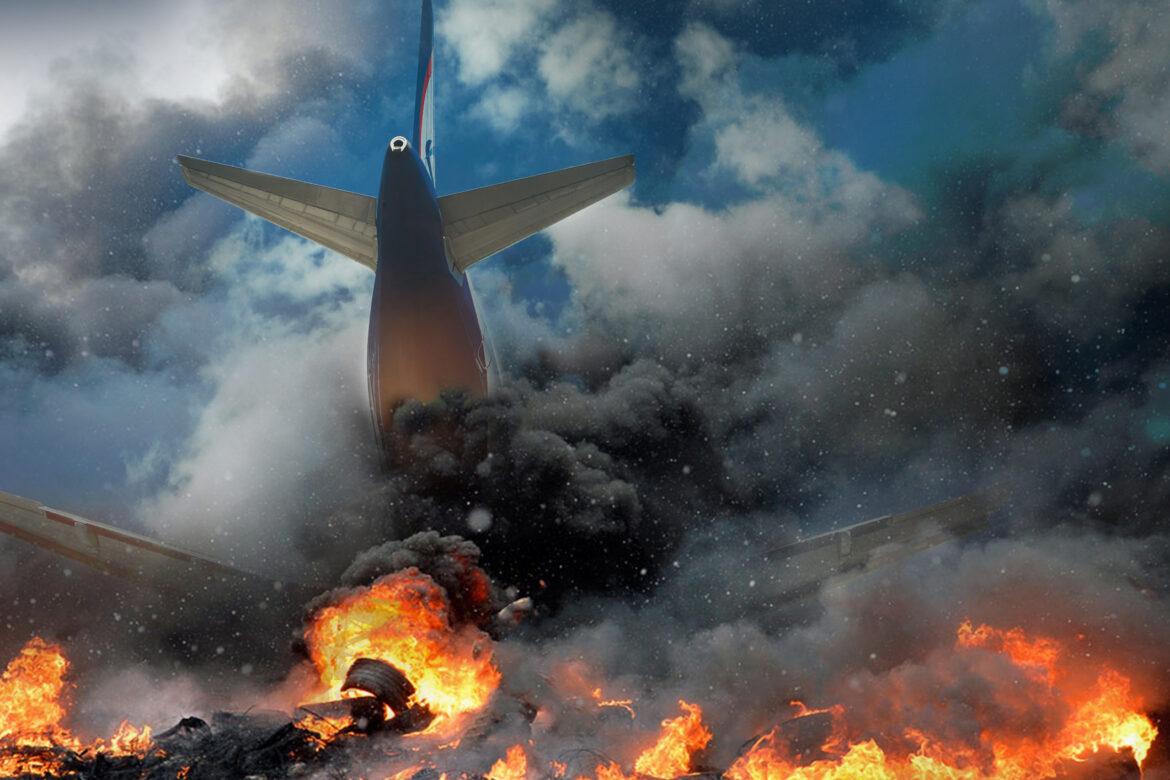Advertiser & Editorial Disclosure: The Bulkhead Seat earns an affiliate commission for anyone approved through the links below. This compensation may impact how and where links appear on this site. We work to provide the best publicly available offers to our readers. We frequently update them, but this site does not include all available offers. Opinions, reviews, analyses & recommendations are the author’s alone, and have not been reviewed, endorsed, or approved by any of these entities.
First Class offers many things: more space, mostly premium food and beverages, the ability to board earlier, and other perks. The one disadvantage it appears to have is the ability to survive a plane crash with passengers all the way in the back in the “cheap seats” having the greatest odds of survival.
Passengers near the tail of a plane are about 40 percent more likely to survive a crash than those in the front. pic.twitter.com/QroGoFCXgI
— Aviation (@webflite) May 12, 2024
This graphic shows that passengers in the front of the plane have a 49% average survival rating (this is where most planes house First and Business Class seats). The middle and over-the-wing sections have a 56% survival rate and Economy seats on the back of the plane fare best at 69%.
These statistics vary by percentage when looking at different studies. A Time deep dive reported that the back of the aircraft was safest with a 68% survival rate, the middle had 61%, and the front has a 62% survival rate. Here the middle of the plane fares one percent worse than the front. This analysis looked at the Federal Aviation Administration (FAA) Aircraft Accident Database data collected over 35 years.
There is no exact science here as not every plane crash will be the same. Time notes:
Of course, the chances of dying in an aircraft accident have less to do with where you sit and more to do with the circumstances surrounding the crash. If the tail of the aircraft takes the brunt of the impact, the middle or front passengers may fare better than those in the rear. We found that survival was random in several accidents—those who perished were scattered irregularly between survivors. It’s for this reason that the FAA and other airline safety experts say there is no safest seat on the plane.”
The annual risk of dying in a plane crash are one in 11 million per NOVA. When you compare that to the chances of dying in an automobile accident (one in 5,000 in the United States), it’s amazingly rare. Even less than dying from a shark attack (one in 4.33 million) according to the World Animal Foundation.
Anthony’s Take: Commercial air travel is incredibly safe. In the extremely unlikely chance of a plane crash, there are so many factors that go into fatalities that it’s not worth worrying about your seat selection. I certainly won’t opt out of premium cabins over this fear.
(Featured Image Credit: Sergey Tinyakov.)
User Generated Content Disclosure: The Bulkhead Seat encourages constructive discussions, comments, and questions. Responses are not provided by or commissioned by any bank advertisers. These responses have not been reviewed, approved, or endorsed by the bank advertiser. It is not the responsibility of the bank advertiser to respond to comments.
Advertiser & Editorial Disclosure: The Bulkhead Seat earns an affiliate commission for anyone approved through the links above This compensation may impact how and where links appear on this site. We work to provide the best publicly available offers to our readers. We frequently update them, but this site does not include all available offers. Opinions, reviews, analyses & recommendations are the author’s alone, and have not been reviewed, endorsed, or approved by any of these entities.

1 comment
Well, that’s why the “black boxes” are in the tail.